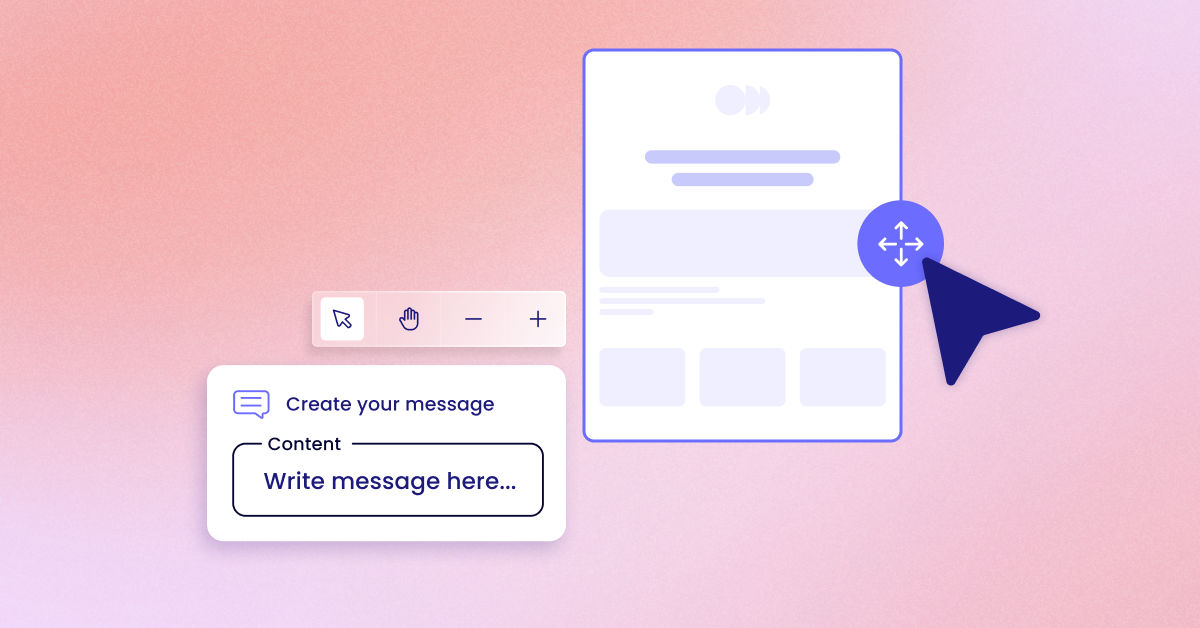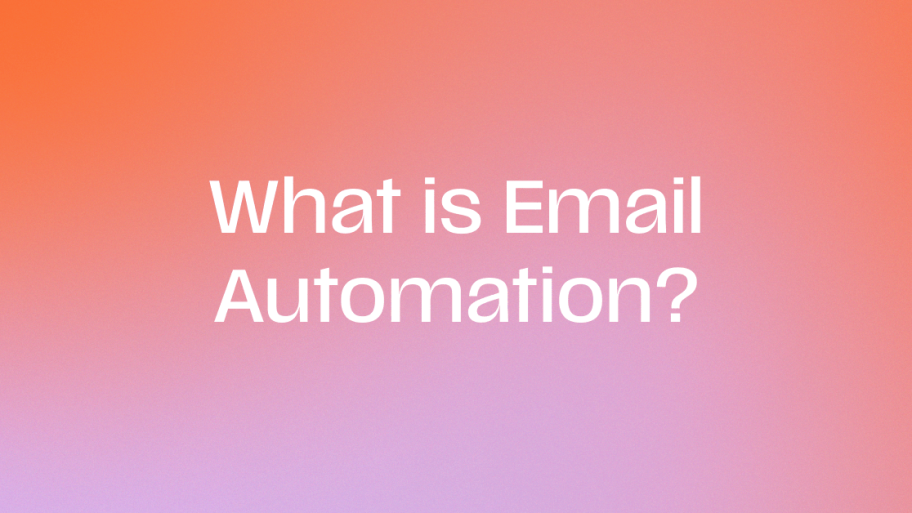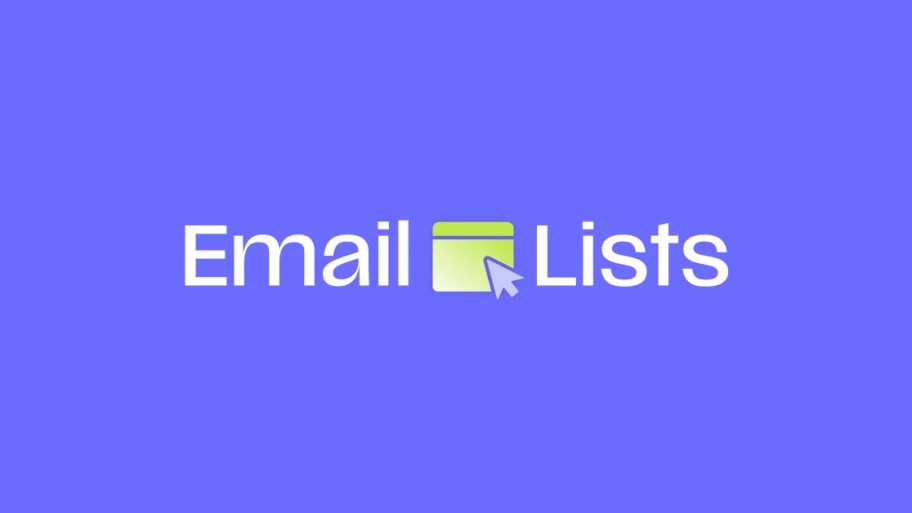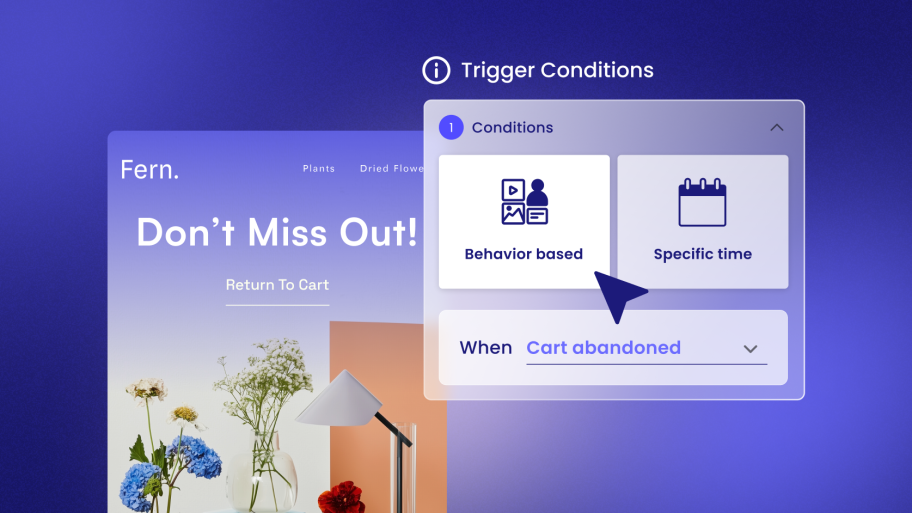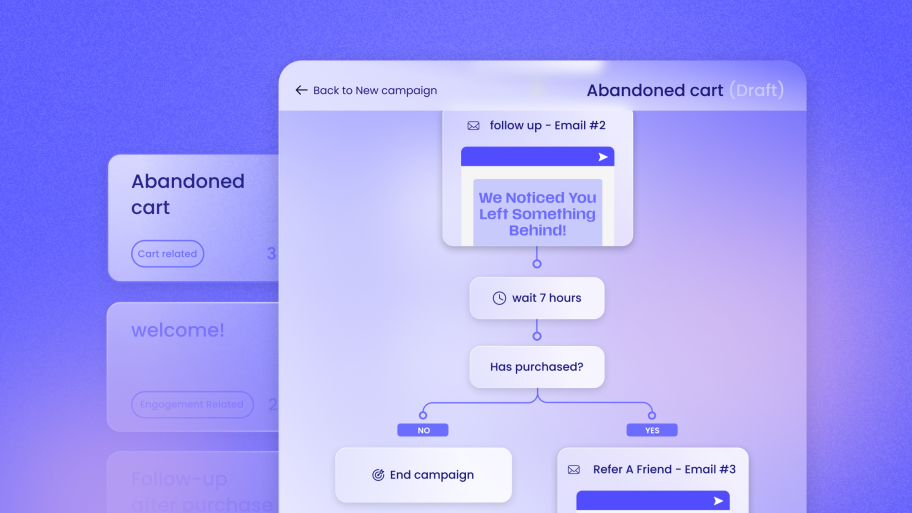This guide will walk you through everything you need to know to launch a successful guerrilla marketing campaign in 2025, from the core principles to actionable tactics and real-world examples.
What is Guerrilla Marketing?
Coined by Jay Conrad Levinson in his 1984 book, “Guerrilla Marketing,” the term takes inspiration from guerrilla warfare. This style of combat relies on unconventional, small-scale tactics used by smaller forces to gain an edge over a larger, better-funded opponent.
In the marketing world, this translates to using creativity, surprise, and energy instead of a massive budget. It’s about creating a memorable brand experience that people feel compelled to share.
In 2025, guerrilla marketing is more relevant than ever. Consumers have developed “ad blindness,” automatically tuning out the hundreds of sponsored posts and commercials they see daily. A clever guerrilla campaign cuts through that noise. It doesn’t feel like an ad; it feels like an event, a discovery, or a piece of art. It’s an authentic interaction that builds a genuine connection with your audience.
The goal isn’t just to be seen; it’s to be remembered and talked about.
The Core Principles of a Guerrilla Campaign
While guerrilla campaigns are wildly creative, they are all built on a few fundamental principles. Understanding these is key to crafting a strategy that works.
- Surprise: The campaign must appear in an unexpected place or way. It disrupts people’s daily routines and makes them stop and pay attention. The element of surprise is what makes it memorable.
- Creativity and Imagination: This is the heart and soul of guerrilla marketing. The idea must be clever, original, and engaging. It’s not about outspending the competition; it’s about outsmarting them.
- Low Cost: While not always free, guerrilla campaigns are designed to be significantly cheaper than traditional advertising. The primary investment is in creative capital, not financial capital.
- Audience Interaction: The most effective campaigns invite participation. They encourage people to touch, play, take photos, and share their experiences. This interaction turns a passive audience into active brand ambassadors.
Types of Guerrilla Marketing
Guerrilla marketing isn’t a single strategy; it’s a category of marketing that includes several distinct approaches. Here are some of the most common types.
1. Outdoor Guerrilla Marketing (Street Marketing)
This is perhaps the most classic form. It involves placing unconventional ads or installations in outdoor, public spaces to catch people off guard.
- What it is: Using public infrastructure like benches, sidewalks, bus stops, or statues as the canvas for your marketing message. This is often called “street marketing.”
- How it works: A company might use chalk art on a sidewalk, place custom stickers on fruit at a market, or install a unique sculpture in a park. The key is to transform a common object or space into a brand message in a way that feels clever, not intrusive.
- Example: A brand promoting a coffee product might paint a crosswalk to look like a giant bar code that, when viewed from above, reveals their logo. Or they might turn a city manhole into a steaming cup of coffee graphic.
2. Indoor Guerrilla Marketing
This type of marketing brings the element of surprise indoors, placing ads in locations where people least expect them.
- What it is: Placing marketing materials or installations inside public buildings like shopping malls, train stations, university campuses, or airport terminals.
- How it works: The goal is to catch people during their daily indoor routines. This could be a sticker on the back of a bathroom stall door, a creative installation in a building lobby, or floor decals in a mall that lead customers on a journey.
- Example: A gym might place an ad on the ceiling above a dentist’s chair, saying, “Wish you were somewhere else? Get fit at our gym.”
3. Event Ambush Marketing
Ambush marketing is the art of associating your brand with a major event without paying for official sponsorship rights.
- What it is: A bold tactic where a brand “ambushes” a large-scale event (like the Super Bowl, the Olympics, or a major music festival) to steal some of the spotlight from official sponsors.
- How it works: This can range from flying a branded blimp over a stadium to handing out free merchandise just outside the event entrance. It’s about leveraging the event’s massive audience and media coverage without being an official partner. This tactic can be legally risky, so it requires careful planning.
- Example: During the 2012 London Olympics, Nike, who was not an official sponsor, ran a brilliant “Find Your Greatness” campaign featuring athletes in various locations named London around the world (like London, Ohio). They captured the spirit of the games without ever mentioning the Olympics directly.
4. Experiential Guerrilla Marketing
This approach is all about immersion. It invites the audience to step into a branded world and interact with the product or service directly.
- What it is: Creating a fully immersive and interactive brand event. It’s less about a single ad and more about a complete experience.
- How it works: This could be a pop-up shop with a unique theme, a public stunt that requires audience participation, or a branded scavenger hunt across a city. The goal is to create a personal and memorable story for each participant.
- Example: To promote a new season of a TV show, a network might build a replica of a key set in a public square and allow fans to walk through it, take photos, and interact with actors.
5. Digital Guerrilla Marketing
While guerrilla marketing is often associated with the physical world, its principles can be powerfully applied online.
- What it is: Using unconventional digital tactics to create a viral buzz online.
- How it works: This could involve creating a clever viral video, launching a mysterious website with a slow reveal, or engineering a creative social media campaign that encourages user-generated content. Digital guerrilla marketing aims for organic sharing and word-of-mouth spread.
- Example: The “Ice Bucket Challenge” for ALS awareness is a prime example. It was a low-cost, user-driven campaign that spread like wildfire across social media, raising massive awareness and funds without a traditional ad budget.
Pros and Cons of Guerrilla Marketing
Like any strategy, guerrilla marketing has its strengths and weaknesses. It’s important to weigh them before diving in.
| Pros | Cons |
| Highly Cost-Effective: Relies on creativity, not cash. A brilliant idea can generate millions of dollars in free publicity. | Potential for Misinterpretation: A message that seems clever to you might be misunderstood or even offend your audience, leading to negative backlash. |
| Memorable and Shareable: The surprise and creativity make campaigns stick in people’s minds. People love sharing novel experiences, leading to viral potential. | Legal and Permit Risks: Many public spaces require permits. Ambush marketing or unsanctioned street art can lead to fines or legal trouble. |
| Generates Significant Buzz: A successful campaign can be picked up by local news, bloggers, and social media, amplifying its reach far beyond the initial audience. | Difficult to Measure ROI: It can be hard to directly track how many sales resulted from a sidewalk art installation. The impact is often in brand awareness, which is less tangible. |
| Builds Strong Brand Identity: It shows that your brand is creative, bold, and understands its audience on a deeper level. It builds personality. | Not Easily Scalable: A campaign that works perfectly in one city might be impossible to replicate on a national or global scale due to cultural or logistical differences. |
Guerrilla Marketing Tactics for 2025
So, how do you put these principles into practice? Here are some modern tactics that blend the physical and digital worlds for maximum impact.
- Interactive QR Code Installations: Don’t just stick a QR code on a poster. Turn it into an art piece. Create a giant mosaic QR code made of smaller images, or hide it within a piece of street art. When scanned, it shouldn’t just lead to your homepage. It should unlock an exclusive offer, a hidden game, or the first clue in a city-wide scavenger hunt.
- “Reverse” Graffiti: Instead of adding paint, you clean a message onto a dirty wall or sidewalk using a stencil and a power washer. It’s eco-friendly, temporary, and incredibly eye-catching because it’s so unexpected.
- Pop-Up Experiences: Create a temporary, themed pop-up shop or event in an unusual location. A coffee brand could set up a cozy living room in a busy subway station, offering free coffee and a moment of peace. The exclusivity and temporary nature of the event create urgency.
- Augmented Reality (AR) Street Art: Commission a mural that comes to life when viewed through a smartphone camera. A flat image of a dragon could suddenly breathe fire, or a portrait could start talking. This adds a magical layer of digital discovery to a physical installation.
- Personalized Wild Postings: Wild postings (placing numerous posters in a concentrated area) are a classic tactic. In 2025, give it a personal twist. Use data to slightly alter the posters for different neighborhoods, referencing local landmarks or slang to make the message feel more personal and less like a blanket ad campaign.
The Critical Link: Connecting Guerrilla Tactics with Email Marketing & Automation
A brilliant guerrilla campaign gets people talking. But what happens after the initial buzz fades? How do you turn fleeting attention into a lasting customer relationship?
This is where the real magic happens. By strategically connecting your guerrilla efforts to your digital marketing channels, you can capture that excitement and nurture it into long-term loyalty and sales. The bridge between the physical stunt and the digital follow-up is often email and SMS marketing.
Building the Bridge: Capturing Leads in the Wild
Your guerrilla campaign must have a clear and easy call-to-action (CTA) that encourages people to connect with you digitally. The goal is to get their email address or phone number.
- QR Codes are Your Best Friend: As mentioned, a QR code is the simplest way to link the physical and digital. Ensure it leads to a clean, mobile-optimized landing page.
- Offer an Irresistible Incentive: Don’t just ask for an email. Give them a reason. “Scan to get 25% off your first order,” “Enter your email to win [the product],” or “Join our VIP list for exclusive content.”
- Text-to-Join: For even lower friction, use a text-to-join service. A simple sign that says “Text ‘SURPRISE’ to 55555 to see what happens next” is intriguing and easy to do on the spot.
- Human Interaction: If your campaign involves brand ambassadors, equip them with tablets. They can sign people up directly while they are engaged and excited.
Nurturing the Lead with Email Automation
Once you have that contact information, the clock is ticking. You need to follow up while the memory of the experience is still fresh. This is where a powerful automation tool becomes essential.
For businesses running on WordPress, especially WooCommerce stores, a native solution like Send by Elementor is incredibly effective. Because it’s built directly into the WordPress dashboard, you can create seamless automation flows without juggling multiple platforms.
Here’s a sample automation flow you could build:
- The Immediate Welcome Email:
- Trigger: As soon as a new contact is added to your “Guerrilla Campaign” list.
- Content: The email should arrive within minutes. The subject line could be something like, “Thanks for playing along today!” The body should feature a photo or GIF of the event they just experienced to reinforce the memory. Reiterate the offer they signed up for and thank them for participating. This confirms the connection and delivers immediate value.
- The Story Behind the Stunt (2 Days Later):
- Content: Send a follow-up email that tells the story behind your campaign. Why did you do it? What’s your brand’s mission? This builds a deeper connection and shows the personality behind the brand. You could include a “behind-the-scenes” video.
- The Social Proof Email (4 Days Later):
- Content: By now, your event has likely been shared on social media. Gather the best user-generated photos and news articles into an email. “Look what we did together!” This creates a sense of community and shows the new subscriber they were part of something cool.
- The Gentle Nudge (1 Week Later):
- Content: If they haven’t used their discount code or offer yet, send a friendly reminder. “Your exclusive offer is waiting.”
This entire sequence can be set up once and run automatically, ensuring every new lead from your guerrilla campaign gets a consistent and engaging brand experience.
Segmentation for Personalized Follow-Up
If your campaign has multiple locations or interactive elements, you can use that data for segmentation.
- Did you run the campaign in New York and Chicago? Create separate email lists for each city. You can then send targeted follow-ups about local events or offers.
- Did your AR experience have two different outcomes? Tag users based on the outcome they triggered and send them different email sequences that reference their specific experience.
This level of personalization shows you’re paying attention and makes your marketing far more effective. Tools like Send by Elementor allow you to easily segment your audience based on tags and custom fields, making this sophisticated follow-up simple to execute within your WordPress site.
20 Examples of Brilliant Guerrilla Marketing
Here are 20 real-world examples to get your creative juices flowing. For each, consider how a simple email capture could have extended the campaign’s life.
- IT Movie (Red Balloons): To promote the horror movie IT, red balloons were tied to sewer grates across cities. A simple, creepy, and instantly shareable image.
- Email Capture: A tiny tag on the balloon string with “Scan if you dare…” leading to a trailer and an email sign-up for “updates from Derry.”
- Deadpool’s Tinder Profile: The marketing team for Deadpool created a real, verified Tinder profile for the character, engaging with users in his signature fourth-wall-breaking style.
- Email Capture: Swiping right could lead to a match message with a link: “Tired of swiping? Get exclusive Deadpool content sent straight to your inbox.”
- National Geographic’s 3D Street Art: To promote a shark week special, they commissioned incredible 3D chalk art that made it look like a great white shark was bursting through the sidewalk. It was a perfect photo opportunity.
- Email Capture: A small sign next to the art with a QR code: “Scan to see the feeding frenzy. Enter your email for a free shark week viewing guide.”
- The Simpsons Movie (Kwik-E-Mart): 7-Eleven stores were temporarily transformed into Kwik-E-Marts, complete with Squishees and Krusty-O’s cereal. It was a fan’s dream come true.
- Email Capture: A sign at the checkout: “Join the Kwik-E-Mart loyalty club! Enter your email for a chance to win a year’s supply of Squishees.”
- UNICEF’s Dirty Water Vending Machine: UNICEF placed vending machines in New York that sold “dirty water” for a dollar, with each bottle labeled with a disease found in contaminated water. All proceeds went to providing clean water for children.
- Email Capture: The machine could have a QR code: “You wouldn’t drink it. Help those who have to. Scan to donate and join our mailing list to see how your contribution helps.”
- King Kong 3D’s Beach Footprints: To promote the King Kong 3D ride at Universal, giant footprints were left in the sand on a popular beach, leading out of the water to a crushed lifeguard vehicle.
- Email Capture: The crushed vehicle could have a sign: “He’s loose. Get alerts on Kong sightings. Text ‘KONG’ to 77777.”
- GoldToe’s Giant Briefs: To promote their new underwear line, the company GoldToe put a giant pair of briefs on the iconic Wall Street Charging Bull statue. It was audacious and hilarious.
- Email Capture: A brand ambassador nearby could be handing out cards: “We’ve got Wall Street covered. Scan for 20% off your first pair and join our mailing list.”
- IKEA’s Apartment on a Climbing Wall: IKEA built a vertical apartment on the side of a rock-climbing wall in France, with all the furniture bolted in place. Climbers could literally scale the walls of an IKEA room.
- Email Capture: At the top of the climbing wall, a sign: “You made it! Scan here to get our ‘Vertical Living’ design guide and a coupon for your next visit.”
- Discovery Channel’s Shark-Bitten Surfboards: To promote Shark Week, surfboards with a giant shark bite taken out of them were placed on beaches.
- Email Capture: A tag on the board’s leash: “Don’t be bait. Get the official Shark Week schedule sent to your inbox. Scan here.”
- T-Mobile’s “Angry Birds Live”: T-Mobile created a life-sized, interactive version of the popular mobile game Angry Birds in a public square in Barcelona, allowing people to use a giant slingshot.
- Email Capture: After playing, participants could be directed to a screen: “Enter your email to get a video of your high score and join our mailing list for more live events.”
- Fiji Water’s “Fiji Girl”: A model holding a tray of Fiji water photobombed celebrities on the Golden Globes red carpet, becoming a viral sensation overnight. A perfect example of ambush marketing.
- Email Capture: The brand could have immediately launched a social campaign: “Want to live like a star? Sign up for Fiji Water delivery and get our ‘Red Carpet Ready’ health tips.”
- Jeep’s Reserved Parking: Jeep placed ads in parking lots that were not on billboards, but on the parking spots themselves, creating “reserved for Jeep” spaces in hard-to-reach areas that only a Jeep could access.
- Email Capture: The sign could include a QR code: “This spot is for adventurers. Is that you? Scan to join the Jeep community and get trail guides.”
- Frontline’s Interactive Flea Ad: The flea and tick prevention brand placed a massive image of an itching dog on the floor of a large public space. From above, the people walking on it looked like fleas.
- Email Capture: A sign at the edge of the image: “Get them off your dog. Scan for a free sample of Frontline and sign up for pet health reminders.”
- Copenhagen Zoo’s “Snake Bus”: The zoo wrapped a city bus with a giant, photo-realistic image of a constrictor snake crushing the bus. It was impossible to ignore.
- Email Capture: Inside the bus, a poster: “Want to see the real thing? Scan for discounted zoo tickets and join our newsletter for updates on new animals.”
- Colgate’s “Ice Cream Stick” Toothbrushes: Colgate gave out ice cream bars at a dental convention. The stick was shaped like a toothbrush with the message “Don’t forget” and the Colgate logo.
- Email Capture: The wrapper could have a QR code: “Enjoy the treat, now protect your teeth. Scan for a coupon and sign up for our oral health newsletter.”
- Burger King’s “Whopper Detour”: Burger King ran a promotion where if you were within 600 feet of a McDonald’s, you could order a Whopper for one cent through the BK app. A brilliant use of geo-fencing.
- Email Capture: The app sign-up process itself is the email capture, perfectly integrated into the digital guerrilla tactic.
- BIC’s Giant Razor: To show how sharp their razors are, BIC placed a giant razor in front of a blank billboard, with a clean “shaved” strip cut through the grass in front of it.
- Email Capture: A small sign by the razor: “A cleaner shave. Scan to join the BIC club and get exclusive offers.”
- The Sopranos’ “Trunk” Ad: To promote the show’s premiere, taxi cabs in New York were fitted with a mannequin arm hanging out of the trunk, holding a sign for the show. It was shocking and effective.
- Email Capture: The sign could have a QR code: “Want to know what happens next? Scan to join the family and get exclusive sneak peeks.”
- Grammarly’s “Grammar Police” Stunts: Grammarly has staged events where actors dressed as “grammar police” playfully correct grammatical errors on public signs, handing out informational cards.
- Email Capture: The cards could say: “Don’t get caught. Scan to download Grammarly for free and sign up for our weekly writing tips.”
- IKEA’s “Morning-After” Bus Stop: IKEA furnished a bus stop to look like a messy bedroom the morning after a party, with the tagline “Time for a new start.”
- Email Capture: A poster in the bus stop: “Ready for your new start? Scan to get our ‘Small Space Organization’ guide and a 15% off coupon.”
Tools for Your Guerrilla Marketing Toolkit
You don’t need a massive budget, but you do need the right tools.
Physical Tools:
- High-Quality Stencils: For reverse graffiti or chalk art.
- Non-Permanent Chalk Spray: For temporary street art that’s easy to clean up.
- Stickers and Decals: For “wild posting” style campaigns. Ensure they are easy to remove to avoid being a public nuisance.
- Power Washer: For reverse graffiti projects.
Digital Tools:
- QR Code Generator: Many free options are available online (e.g., QR Code Generator, Canva).
- Social Media Monitoring Tool: To track the buzz and find user-generated content (e.g., Hootsuite, Sprout Social).
- Landing Page Builder: You need a place to send people who scan your QR code. If you use WordPress, the Elementor page builder is a natural choice.
- Email & SMS Automation Platform: This is the most critical tool for turning buzz into business. For a truly integrated experience within WordPress, Send by Elementor is the ideal solution. It combines email marketing, SMS, and automation directly in your website’s backend, allowing you to seamlessly manage the entire follow-up process from one place.
Conclusion: Are You Ready to Go Guerrilla?
Guerrilla marketing is more than just a set of tactics; it’s a mindset. It’s about looking at the world differently and finding creative opportunities where others see none. In 2025, it’s one of the most powerful ways to cut through the digital noise and form a real, lasting bond with your audience.
But a clever stunt is only the beginning. The true genius lies in building a bridge from that moment of surprise to a long-term relationship. By integrating a clear call-to-action and a robust email automation strategy, you can capture the energy of your guerrilla campaign and transform it into measurable growth for your brand. It’s the perfect blend of offline creativity and online intelligence.
